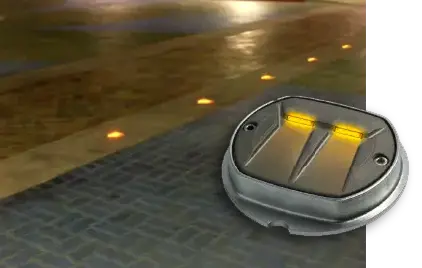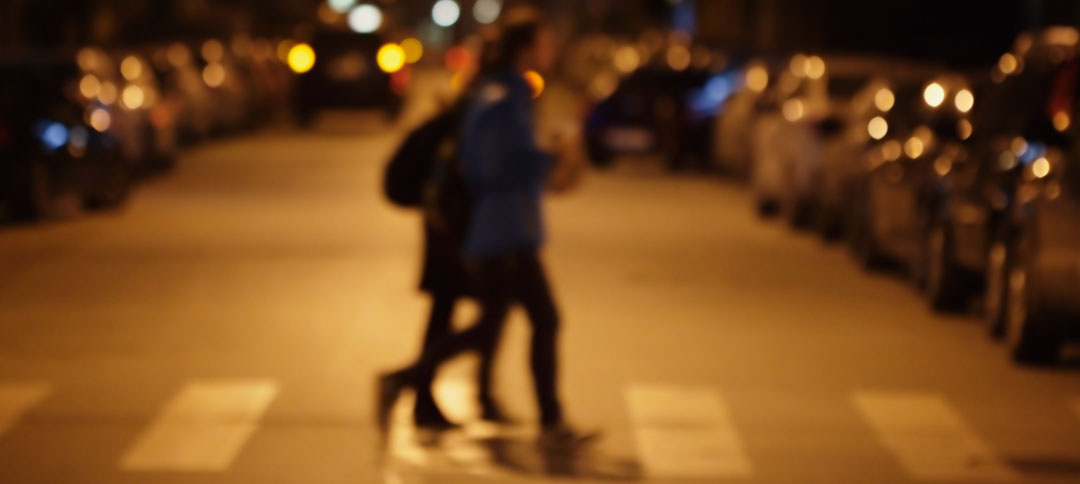Nighttime has the potential to be dangerous for anybody on the road, but it’s particularly dangerous for pedestrians. The NHTSA also estimates that 76% of pedestrian traffic deaths in 2020 occurred during dark lighting conditions.
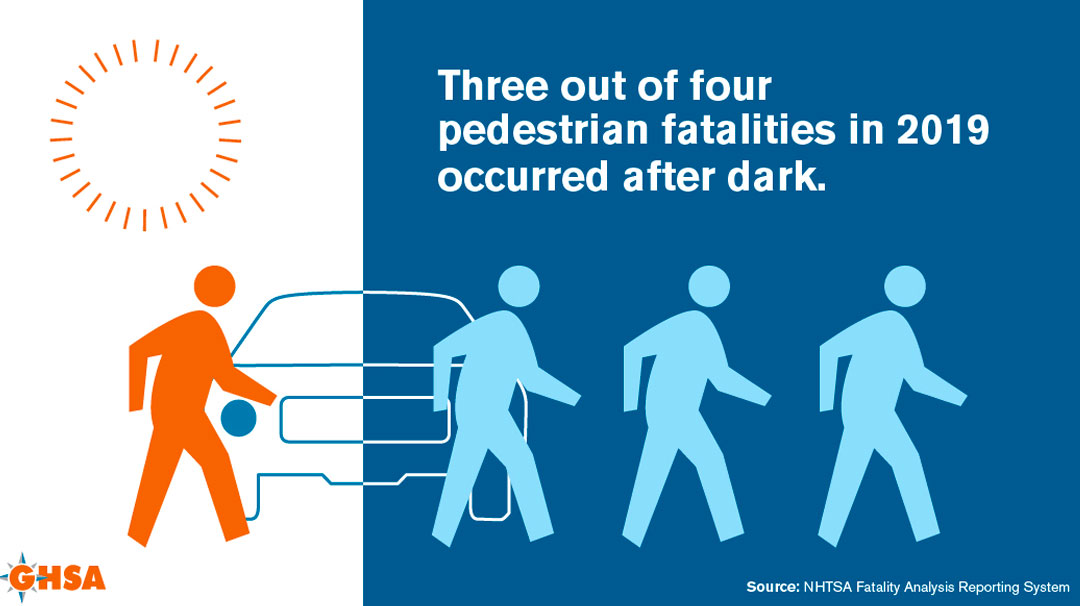
A vast majority of pedestrian accidents occur at night because pedestrians are more difficult to see, drivers may be more tired, and cell-phone distracted driving increasingly causes accidents. In fact, the number of pedestrian fatalities keeps going up.
An analysis of data by State Highway Safety Offices (SHSOs) reported that 6,721 pedestrians were killed on U.S. roads in 2020, up 4.8% from 6,412 fatalities in 2019. The report examines key trends affecting this rise in pedestrian deaths, including increased reckless driving behaviors, and the need for safer road crossings and efforts to make pedestrians more visible through better lighting and other strategies.
There is a need for safer road crossings and efforts to make pedestrians more visible through better lighting and other strategies.
Solutions like streetlights, static signs and freshly painted crosswalks aren’t enough since motorists frequently don’t notice or obey them. Fortunately, there are more innovative, life-saving steps you can take to drastically improve nighttime pedestrian safety.
1. Upgrade to a better reflective sheeting
Highly visible signs is a necessity. Driver’s can’t obey a sign they can’t see. Make sure your traffic signs have the most reflectivity possible Diamond Grade Cubed (DG3) Reflective sheeting returns 60% of the light sent its way and is designed for optimal performance at all hours.
According to a 3M study, over a three to six-year period, crash numbers dropped by 25 to 46 percent where brighter signs were installed.
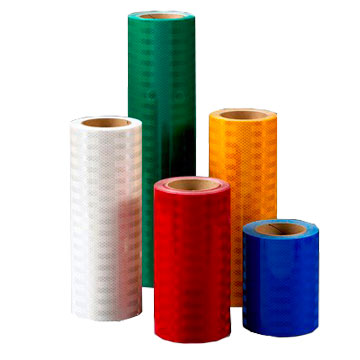
2. Replace static traffic signs with flashing LED signs
Flashing Sign Systems provide drivers with real-time warnings when pedestrians are in or about to enter an approaching crosswalk. This popular, MUTCD-compliant option heightens driver awareness in a variety of applications: School Zone Crossings, Mid-block Crossings, Mulit-Lane Uncontrolled Crossings.
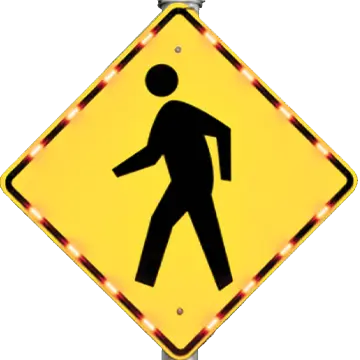
3. RRFB Technology: PUSH-2-CROSS
Push-2-Cross Pedestrian Crosswalk Systems provide drivers real-time warning when pedestrians are in or about to enter an approaching crosswalk.
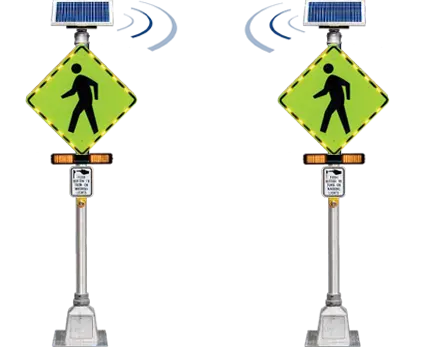
5. In-Road Warning Lights
Embedded in the pavement and oriented to face oncoming traffic, in-road warning lights flash in unison once activated to alert drivers of pedestrians actively crossing the road. This popular, MUTCD-compliant option has a low profile, allowing vehicles and vulnerable road users to safely pass over it.
